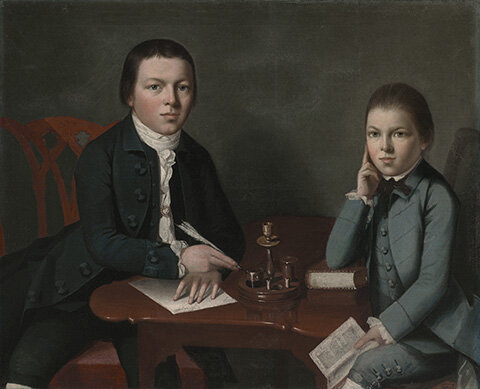Mahogany was the tropical hardwood of choice for 18th- and early 19th-century furniture made in Great Britain and North America because of its lustrous grain, rich brown color, and density. Cabinetmakers, house carpenters, and ship builders obtained supplies of this exotic wood, which was harvested in the West Indies and Central America. The heaviest and most figured mahogany found in furniture has traditionally been described as “Cuban” or “Santo Domingo,” though historically, there was no scientific way to isolate either a geographic source or an exact species of mahogany. Seeking new methods of recognizing the mahoganies in American furniture, the Yale University Art Gallery collaborated with furniture conservator Randy Wilkinson, Principal at Fallon & Wilkinson, LLC, in Baltic, Connecticut, on a pilot study to identify the mahogany species used in the Gallery’s Rhode Island furniture. The project grew out of the Gallery’s ongoing research on Rhode Island furniture and was funded by the Wunsch Americana Foundation, and the preliminary results have expanded our understanding of American cabinetmaking and led to collaborations with other scientists. This symposium presents an overview of the history of mahogany in Great Britain, North America, and Rhode Island. It also introduces scientific methods that can be used to pinpoint various species of mahogany and explores how the results can enrich our understanding of the furniture and architecture trades in Britain and early America.
Registration is now closed.
